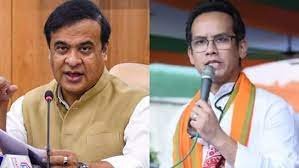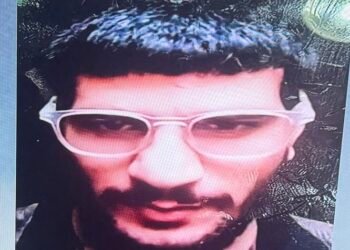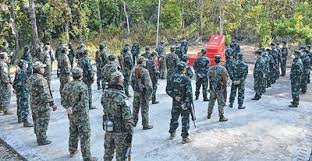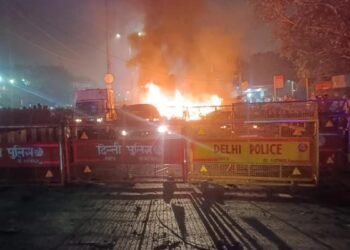The conspiracy dates back to 2022, when Umar and three associates travelled to Ankara and established encrypted communication with Ukasa to plan “spectacular” multi-city strikes in India.
BY PC Bureau
The ongoing probe into the November 10 Red Fort blast has uncovered an international trail leading to Turkey, where a shadowy handler operating under the codename “Ukasa” allegedly orchestrated the entire operation. According to top security sources, Ukasa acted as the key link between the Delhi-based terror module led by Al-Falah University professor Umar Un Nabi and handlers of Pakistan-backed outfits Jaish-e-Mohammed (JeM) and Ansar Ghazwatul-Hind (AGuH).
Officials now believe the roots of the conspiracy date back to early 2022, when Umar and three other operatives travelled to Turkey, using student and business visas as cover. During their stay in Ankara, they reportedly met intermediaries connected to both terror groups and received training in digital encryption, explosives handling, and covert communication techniques. “Their first contact with Ukasa began on Telegram,” said a senior investigator. “But by mid-2022, the entire network had shifted to ultra-secure messaging apps like Signal and Session to avoid interception.”
Investigators said Ukasa provided detailed instructions on how to set up sleeper cells, procure untraceable vehicles, and source precursor chemicals for improvised explosive devices (IEDs). The handler also briefed Umar’s module on how to avoid Indian counterterrorism surveillance, using cryptocurrency wallets and hawala channels for funding. The terror blueprint, officials said, aimed for “spectacular, simultaneous attacks” across India — beginning with Delhi, and later expanding to Ayodhya, Varanasi, and Jaipur.
READ: ED Nabs Jaypee MD Manoj Gaur in ₹12,000-Cr Laundering Case
To execute the first phase, the group acquired three vehicles — a Hyundai i20, a red Ford EcoSport, and a Maruti Brezza — all purchased using forged documents. Umar’s i20, packed with explosives, detonated outside Red Fort Metro Station on November 10, killing him on the spot and leaving 12 dead and dozens injured. The EcoSport was later recovered from Faridabad, while the Brezza remains missing. “We suspect the third car may still contain explosive residue or devices,” an official said.
CCTV footage shows Red Fort bomber Dr Umar un Nabi entering a mosque near Turkman Gate before he went to a parking lot.
Umar and others had a Turkey-based handler in the operation codenamed ‘Usaka’.
How do their minds work, I wonder. Are they a different species walking among us? pic.twitter.com/Jn6fh3My45— Abhijit Majumder (@abhijitmajumder) November 13, 2025
Investigations also revealed that Umar’s associate, Dr. Muzammil, another faculty member at Al-Falah University, conducted multiple reconnaissance missions around the Red Fort in January and February this year. “Their plan was to target the area during Republic Day 2026,” said a source. “They took photos of entry points, police barricades, and vehicle checkpoints.”
Over the past two years, the group is believed to have stockpiled more than 350 kilograms of explosive materials, including ammonium nitrate, gelatin sticks, and traces of RDX. A major portion of this cache was discovered in Faridabad earlier this year, leading to Muzammil’s arrest. The seizure forced Umar to activate his final plan — the suicide bombing — after driving for nearly 16 hours across Delhi-NCR with the IED-laden car.
The National Investigation Agency (NIA) is now working with Turkish and Interpol counterparts to trace Ukasa’s digital footprint and financial transactions, many of which are believed to have passed through Istanbul-based cryptocurrency exchanges. “Every encrypted message and money trail is being dissected,” an NIA officer said. “The Turkey connection is no longer peripheral — it’s the nerve centre of the entire operation.”
Officials added that besides Delhi, Ayodhya was a confirmed secondary target, with plans to strike around November 25, coinciding with the hoisting of the saffron flag at the Ram Temple. What began as an academic circle at a Haryana university, investigators say, has now unraveled into one of the most sophisticated cross-border terror conspiracies in recent years.










